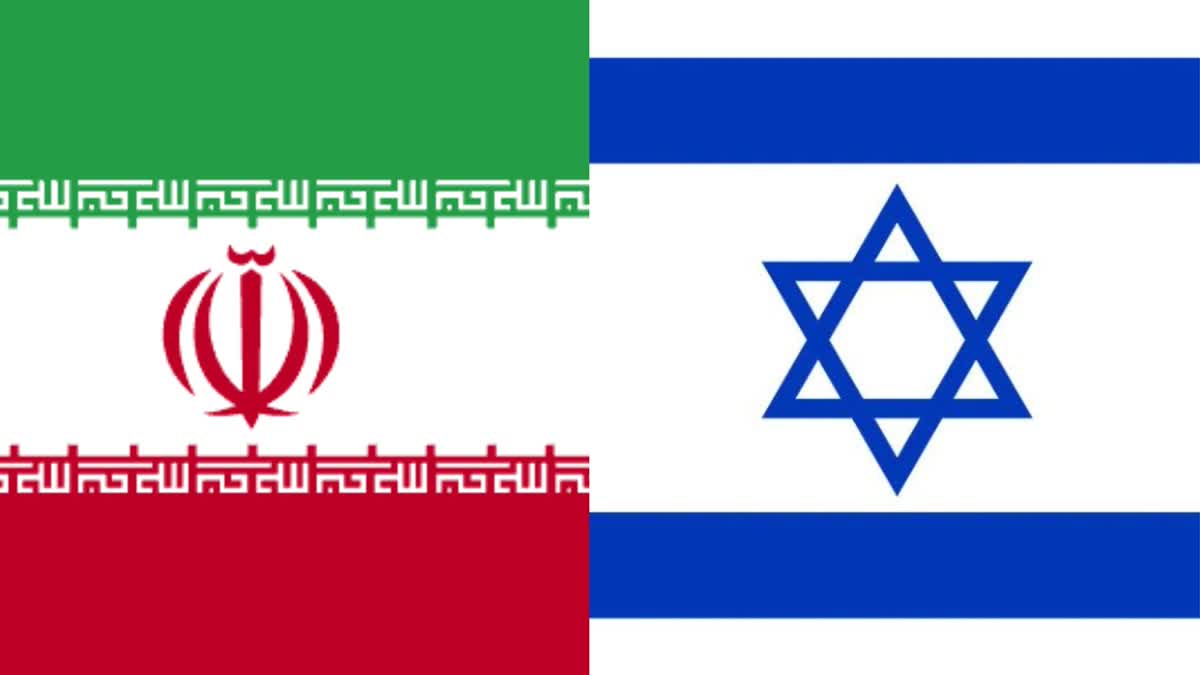Since 2010, Israel has allegedly conducted at least two dozen operations – including assassinations, drone strikes and cyberattacks – on Iran. Most of the targets were connected to Tehran’s controversial nuclear program, which Israel considers an existential threat. In 2022, however, two facilities that were part of Iran’s increasingly advanced drone program were hit by drones.
In the latest raid on July 30, 2024, which is a continued escalation of the Gaza conflict, Hamas blamed Israel for the killing of its chief Ismail Haniyeh during an attack on his headquarters residence in Tehran on Tuesday morning. The incident sparked condemnation from Iran and several other countries even as Israel said it was taking a 'situational assessment' of the happening. Iran's supreme leader Ayatollah Ali Khamenei has strongly reacted to the killing, vowing "harsh punishment" for Israel for the assassination of the Hamas leader. It triggered fears of further escalation of the Gaza conflict.
The following is a timeline of attacks by Israel on Iran since 2010.
Jan. 12, 2010: Masoud Ali Mohammadi, a physics professor at Tehran University, was killed by a remote-controlled bomb planted on a motorcycle. The device detonated as he left home in northern Tehran to go to work. The government described Ali Mohammadi as a nuclear scientist but said he did not work for the Atomic Energy Organization of Iran. The State media blamed Israel and the United States for the assassination.
Nov. 29. 2010:Professor Majid Shariari, a member of the nuclear engineering faculty at Shahid Beheshti University in Tehran, was killed in his car on his way to work. His wife was wounded in the blast. Ali Akbar Salehi, the head of the Atomic Energy Organization of Iran, said that Shariari was involved in one of the country’s biggest nuclear projects but did not elaborate. Accounts of the assassination varied. A Western intelligence expert said that an explosive was planted on the vehicle beforehand and detonated remotely. Iranian media reported that men on motorbikes attached bombs to cars belonging to Shariari and another scientist, Fereydoon Abbasi Davani, on the same day.
July 23, 2011: Darioush Rezaeinejad, an electrical engineer working at a national security research facility, was killed by two gunmen on a motorcycle in Tehran. State media initially identified the man as Rezaei, a physics professor. Hours later, state media backtracked and said the victim was Darioush Rezaeinejad, an electronics student. Deputy Interior Minister Safarali Baratloo claimed that he was not involved in the nuclear program. But a foreign government official and a former U.N. nuclear inspector alleged that Rezaeinejad was working on high-voltage switches, parts necessary to start explosions needed to trigger a nuclear warhead. Iran blamed the United States and Israel for the assassination.
Jan. 11, 2012: Mostafa Ahmadi Roshan, a chemical engineering graduate, was killed after two people on a motorbike placed a bomb on his car in northern Tehran. Roshan and the driver died, and at least two other people at the scene were reportedly injured. Iran identified Ahmadi Roshan as a supervisor at the Natanz Uranium Enrichment facility. It held Israel and the United States responsible for the killing. “The bomb was a magnetic one and the same as the ones previously used for the assassination of the scientists, and the work of the Zionists [Israelis]," deputy Tehran governor Safarali Baratloo claimed.
Jan. 31, 2018:A Mossad team raided a warehouse in Tehran that housed a vast archive of Iran’s nuclear program. The agents used torches to cut through 32 safes. The team smuggled some 50,000 pages and 163 compact discs out of the country. On April 30, Israeli Prime Minister Netanyahu announced that Israel obtained some 100,000 “secret files that prove”
July 2, 2020:An explosion caused extensive damage to Iran’s main nuclear enrichment site at Natanz and set the program back months. The blast damaged a factory producing advanced IR-4 and IR-6 centrifuges that could enrich uranium faster than the IR-1 centrifuges allowed under the 2015 nuclear deal.
